Equilibrium In A Single Plane
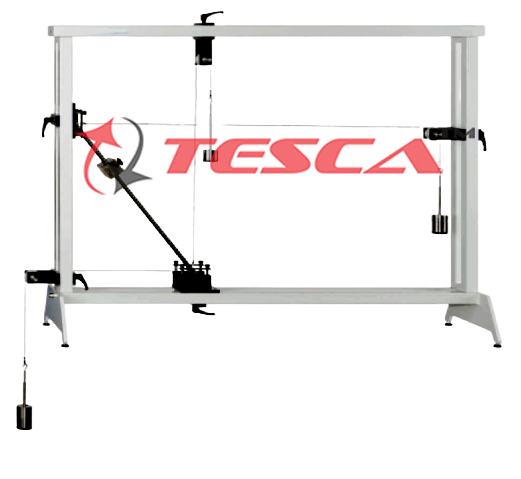
Order Code: 32238
Category: Strength of Materials Lab
Features Equilibrium conditions and support reactions of a leaning ladder The principle of “freeing” in engineering mechanics allows forces and moments acting on a body to be made visible. In this process, a body or a syst...
SPECIFICATION
Features
Equilibrium conditions and support reactions of a leaning ladder
The principle of “freeing” in engineering mechanics allows forces and moments acting on a body to be made visible. In this process, a body or a system such as a bar are virtually removed from the environment. All forces acting on the body or on the system are replaced by standardized symbols.
This results in a simplified model of the body or system, which clearly demonstrates the relationships between forces and moments.
Tesca Equilibrium in a Single Plane, demonstrates the principle of “freeing”, which refers to establishing static equilibrium. The experiment uses a model of a ladder with a sliding clamp weight.
The top support is designed as a movable support and the bottom one as a fixed support. The real effective support forces can be fully compensated by applying cable forces in the x and y directions. The ladder is in a state of equilibrium without changing the angular position and without the need for structural support. The ladder is “free”. For students, the result is a convincing example for the principle of “freeing” in statics.
The parts of the experiment are clearly laid out and securely housed in a storage system.
Specifications
Development of the static principle of “freeing”
Full compensation of the support forces by cable forces
Sliding clamp weight
Determine the position of the clamp weight via built-in rule with millimetre scale 5. 2 supports (1x fixed support, 1x movable support)
3 guide pulleys
Storage system for parts
Technical Specifications
Ladder
? Length: 650mm
? Weight: 2N
? Built-in rule, graduation: 1mm
Clamp weight: 20N
Weights
? 3x 1N (hanger)
? 9x 5N
? 12x 1N
Supports
? 2, clamped to mounting frame
Tape measure
? Length: 3000mm, graduation:
Experiment Capabilities
- Experimental development of the core principle of “freeing” in statics
- Calculation of the support forces for a given position of the clamp weight and for a known angle of inclination
- Application of the 1st and 2nd equilibrium conditions in statics
- And full compensation of the support forces by cable forces
- How does the clamp weight position affect the support forces
- How the angle of inclination affects the support forces
Manuals
This unit is supplied with the following manuals: Required Services, Assembly and Installation, Starting-up, Safety, Maintenance & Practices Manual.

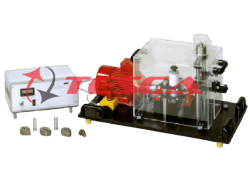
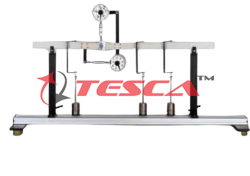
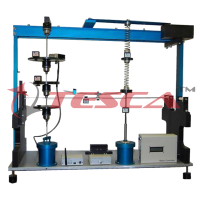
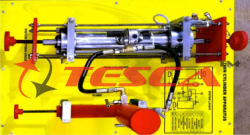
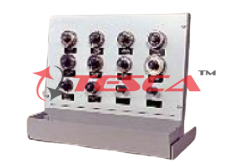
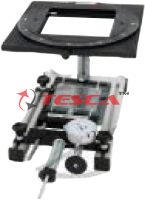
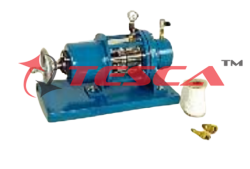
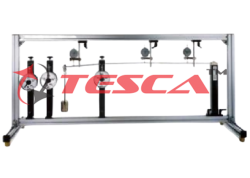
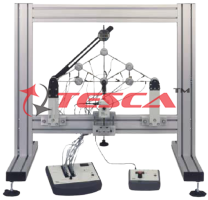

 91-9829132777
91-9829132777